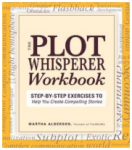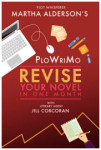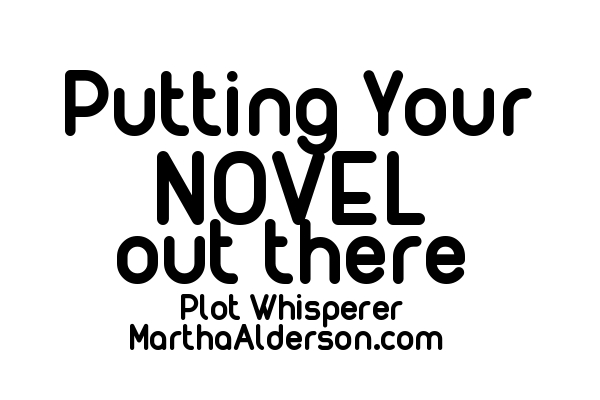After big storms where I live, waves leave behind layers of sand that create a soft, smooth beach. As the tide ebbs sand is pulled back out to sea. What is left looks more like the surface of some alien planet than where you’re apt to sun yourself. The view of the sandy beach offers little clue of what is hidden beneath the surface. This is often the case with stories and art, too. Define what is beneath the surface of the story you’re writing. Write that as a statement that your story proves. With that statement, you’re better able to focus your word and scene choices and overall writing style to support and expand on that deeper meaning. A thematic significance statement defines every story decision.

Tropes
- greed loses
- love conquers all
- speaking up comes at a price.
A thematic significance statement intended to embody the heart and meaning of your own particular story often begins with a trope. After writing a couple of drafts and with a better understanding of what all the words in your story add up to, tack on at either the beginning or the end of the trope a qualifying phrase that turns a common theme specific to your story and your story alone.

The Story as a Whole
During a plot consultation, having plotted out all the scenes, we focus on re-developing, deepening and refining that ever elusive thematic significance statement. I starred and circled theme words that popped out during the consultation. I add those to the list he rattles off that his critique group, quite familiar with his story, helped generate (and who seem to breath through the speaker at the other end of the phone).
He articulates a thematic statement that is character-centric. Yet his story is so much broader and more meaningful than simply the change to the character. Dramatic action that changes and transforms a character over time makes a story meaningful. In a story that revolves around the culture and the community and the family, thematic significance of the story as a whole broadens. What the changed or transformed character brings forward to the culture and the community and the family at large is the true thematic significance statement.
Unite Broad Universal Truths
A thematic significance statement attempts to unite broad universal truths with your own individual story. Suddenly, characters snap to attention with a clear intent of their own unique contribution to the overall story. Confusing subplots crystalize with meaning and symbolism. Random incidents become deliberate. Minor moments grow sublime.
A Thematic Significance Statement Defines every Story Decision
Write a couple of drafts, smooth the thematic significance into a coherent and meaning statement and then let the real fun begin. A thematic significance statement for your overall story turns the challenge of making every word perfect attainable.
For exercises to develop your own individual Thematic Significance Statement: The Plot Whisperer Workbook Step-by-Step Exercises to Help You Create Compelling Stories
 Need more help with your story?
Need more help with your story?
- Looking for tips to prop up your middle with excitement?
- Wish you understood how to show don’t tell what your character is feeling?
- Are even you sometimes bored with your own story?
- Long to form your concept into words?



 The Emotional Ebb and Flow of a Creative Life
The Emotional Ebb and Flow of a Creative Life
Follow Me!